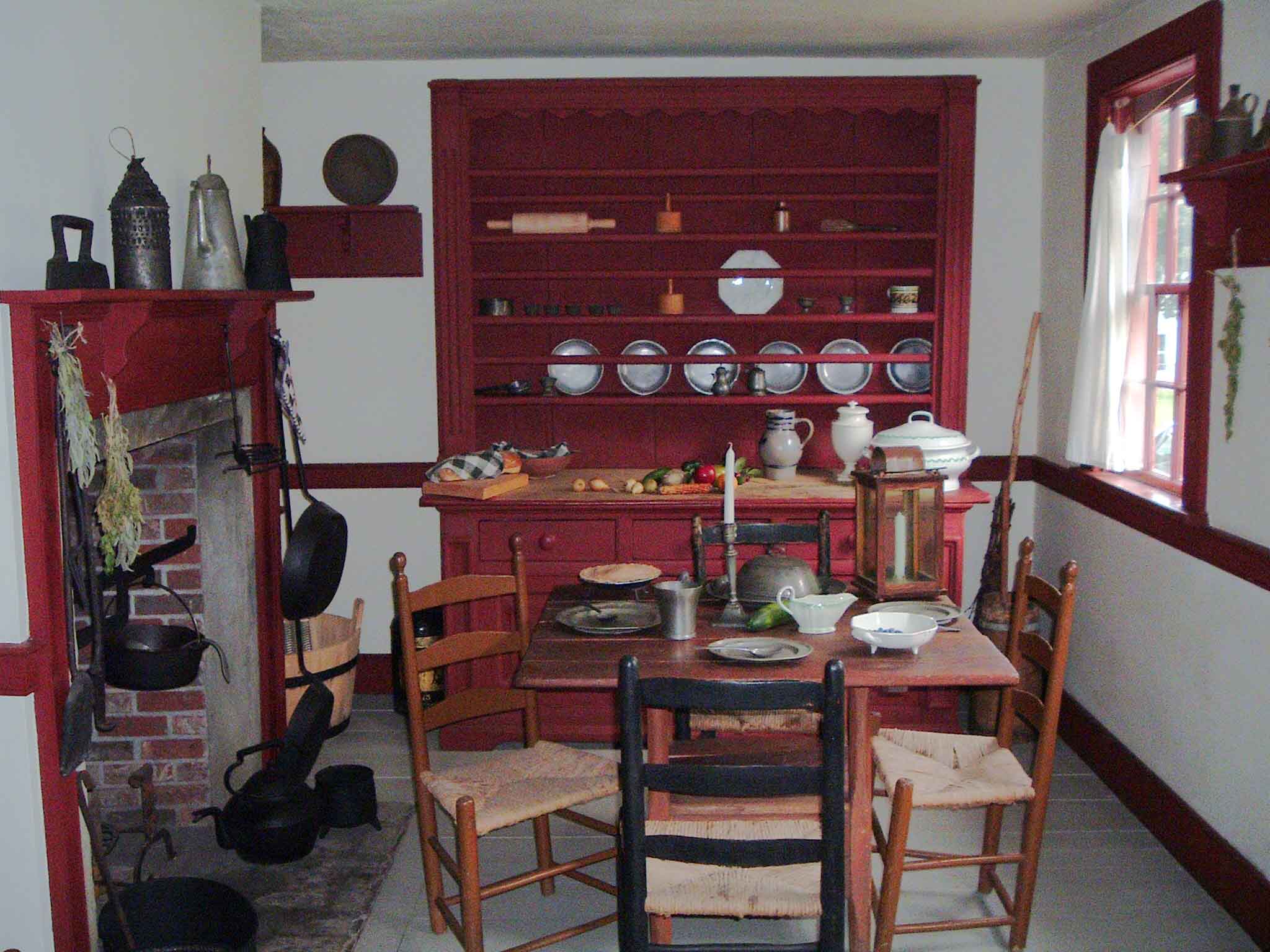Sydney is located on Cape Breton Island in Nova Scotia. The 2011 population of the Sydney census area was
31,597, making it the largest population center on Cape Breton Island.
Sydney was founded in 1785 by Colonel Joseph Frederick
Wallet DesBarres, and was named in honor of Thomas Townshend, 1st Viscount
Sydney who was serving as the Home Secretary in the British cabinet. Sydney, Australia was also named after him in
1788.
The indigenous Mi'kmaq were joined by Scottish, English,
Irish and French (Acadian) settlers. Later, Loyalists from the state of New
York, fleeing the aftermath of the American Revolution, were added to the mix.
By the early twentieth century Sydney became home to one of
the world's largest steel plants, fed by the numerous coal mines in the area.
Sydney Harbour played an important role during World War II
after a Royal Canadian Navy base, HMCS Protector, was established to stage
supply convoys bound for Europe. They tended to be slower convoys and had the
prefix SC (for Slow Convoy). Convoy SC-7 typified the dangers inherent with the
Nazi U-boats off the coast of Cape Breton and Newfoundland during the Battle of
the Atlantic. Sydney's coal shipping and steel manufacturing were essential
ingredients in the Allied victory, however federal Minister of Industry, C.D.
Howe favored Central Canada's steel industry given its proximity to a larger
workforce and less exposure to coastal attack. The lack of significant war-time
investment in Sydney's steel plant led to its decline after the war from which
it was unable to recover.
By the late 1960s the coal and steel industries had fallen
on hard times and were taken over by the federal and provincial governments and
both industries were permanently closed by the end of 2001. Forced to diversify
its economy, Sydney has examined a variety of economic development
possibilities including tourism and culture, light manufacturing and
information technology.
The local Volkssport Club accommodates cruise passengers by
participating in the CVF Dock and Walk Program.
This allows one to begin the walk right at the cruise dock.
 Our walk started at the "big fiddle" on the cruise
ship dock." This is a "ceilidh"
fiddle and represents the Scottish Gaelic culture of this area. A ceilidh is an informal "kitchen
party" featuring lively music and dancing.
Our walk started at the "big fiddle" on the cruise
ship dock." This is a "ceilidh"
fiddle and represents the Scottish Gaelic culture of this area. A ceilidh is an informal "kitchen
party" featuring lively music and dancing. |
| St. Patrick's Catholic Church (built 1828-1830) |

 |
| Jost Heritage House Museum (c. 1787) |
 |
| Cossitt House Museum (1787) |
We walked past the Civic Centre and City Hall to the
Cambridge Suites, where the start box was located. Other points of interest on our 5k walk
included several small museums and historic churches.
 |
| Inside Cossitt House |
 |
| Bank of Montreal |
 |
| St. George's Anglican Church (built 1785-1791) |
Walk Route: C
Walk Instructions: C+























